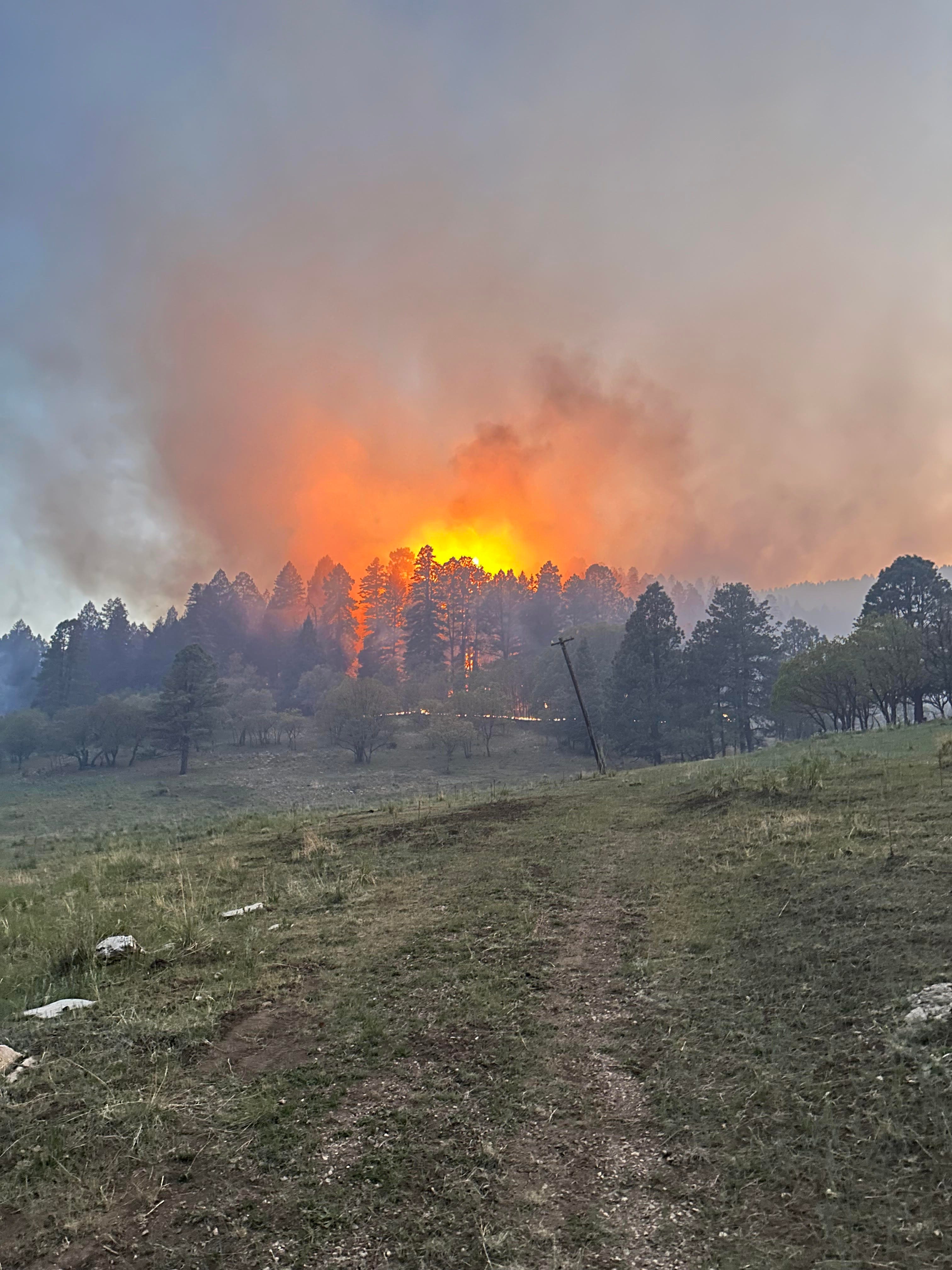Search results
News about Blue Bloods, CBS, Season 14
News about Lincoln County, Bethpage Air Show, Blue 2
Also in the news
Blue is one of the three primary colours in the RYB colour model (traditional colour theory), as well as in the RGB (additive) colour model. [2] It lies between violet and cyan on the spectrum of visible light. The term blue generally describes colours perceived by humans observing light with a dominant wavelength that’s between approximately ...
Apr 8, 2024 · Blue, in physics, light in the wavelength range of 450–495 nanometers in the visible spectrum. In art, blue is a color on the conventional wheel, located between green and violet and opposite orange, its complement. Pigments for blue have come from a variety of sources, including azurite, ultramarine, and indigo.
- Tanya Kelley
Blue definition: the pure color of a clear sky; the primary color between green and violet in the visible spectrum, an effect of light with a wavelength between 450 and 500 nanometers..
blue: [adjective] of the color whose hue is that of the clear sky : of the color blue (see 2blue 1).
Blue is the favorite color of all people. It’s nature’s color for water and sky, but is rarely found in fruits and vegetables. Today, blue is embraced as the color of heaven and authority, denim jeans and corporate logos. It is cold, wet, and slow as compared to red’s warmth, fire, and intensity. Blue has more complex and contradictory ...
Feb 15, 2024 · Blue meaning and psychology. Calmness and peace are two words that come to mind when thinking about the color blue. It is a non-aggressive color that encourages serenity, orderliness, and tranquility. This could be because we associate oceans with blue, and it can be a mentally soothing color for some people.
Synthetic blue. The Egyptians loved the precious stones lapis and turquoise so much that they invented the first synthetic blue pigment in order to affordably copy their unique color. “Egyptian blue” was made by mixing silica, lime, copper, and alkali, and it could be used on stone, wood, plaster, papyrus and canvas.







